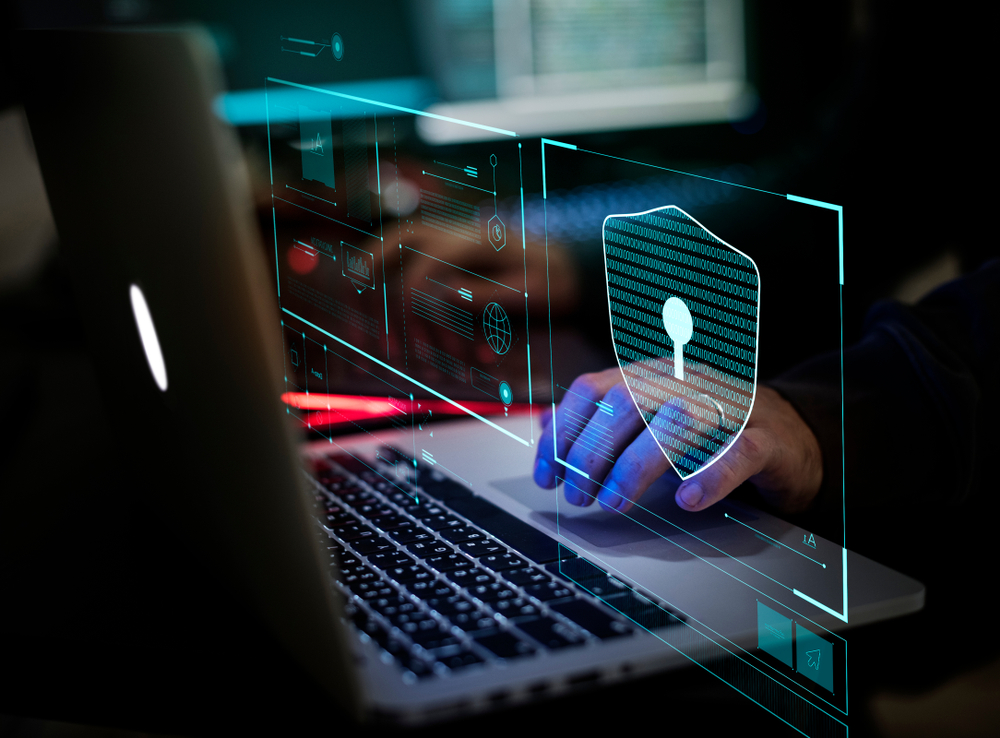The pandemic has led to a slew of disruptive technological changes. Many organizations were stuck in a reactive mode and were forced to make a shift to a remote working environment. They were required to accelerate the pace of digital transformation to ensure business continuity. Moving to technologies like the cloud and automation led to new opportunities but also brought about a host of cybersecurity challenges.
The revelations from HLB’s ‘Cybersecurity Report’ are particularly telling. Key findings highlight that as many as 65 % of the organizations surveyed state that they have either been exposed to an attack or have suffered a breach. Only 45 % indicated that when it came to cybersecurity attacks, they were somewhat prepared. 13% revealed that they were not prepared at all. Which means that more than half the firms surveyed did not have adequate cybersecurity measures.
Based on insights from Forbes, let’s assess how AI can help bolster cybersecurity efforts in 2021 and beyond.
Analyse user behaviour
There are many ways in which AI can enhance cybersecurity. Foremost among these, is AI’s ability to deduce patterns and highlight deviations based on an analysis of user behaviour. This makes it possible for AI to alert organizations about the potential vulnerabilities in their network. In the current situation, with most organizations working remotely, the potential areas for cybersecurity breaches has increased significantly. Constant surveillance via conventional means is no longer possible but AI can reduce workloads by automating routine security responsibilities. It can reduce the need for human judgement in most cases.
Better Malware detection
Malware can be detected more easily with the aid of AI. There are an assortment of malware variations – intentionally disguised – which conventional cybersecurity cannot detect easily. However, AI’s ability to learn and adapt can help it detect traces of malware faster and even prevent future attacks from unknown and known sources.
AI can identify and deduce patterns based on the malware that was detected before. Machine learning algorithms can evolve to predict and foresee possible malware attacks in the future. By way of cross-referencing with a historic database – AI can identify new types of malware as well. It can be trained to identify patterns, commonalities, and formulate an effective response based on its analysis of similar malware.
Improved endpoint security
As highlighted earlier, in a remote-working environment there may be many devices that are not monitored, and the network may not have enterprise level security measures. Users may also not be maintaining the cybersecurity hygiene needed to prevent cybersecurity attacks. This can compromise the data integrity of an organization and may even lead to a loss of reputation is a breach were to occur.
An AI powered cybersecurity network can monitor a user’s daily activities and even keep internal control mechanisms in place. AI can quickly recognize deviations in user behaviour in check by alerting organizations to take a measured response. For instance, if an employee were to inadvertently click on a phishing link, AI can flag that incident and enable the organization to take the necessary steps to consolidate the security of the network.
AI as a panacea?
AI is already being used to flag threats in their early stages. However, for AI to be effective, organizations have to invest a lot to maintain systems. Not every organization is going to have the luxury to do so. Technological collaborations with 3rd party security vendors maybe an option for a few.
Cybersecurity is a game of constant vigilance. Going ahead, as cybersecurity attacks before more sophisticated, organizations too will have to ramp up their cybersecurity measures with the help of AI and machine learning. Organizations must weigh the benefits and disadvantages of using AI and find a solution that makes business sense in the long-run.



